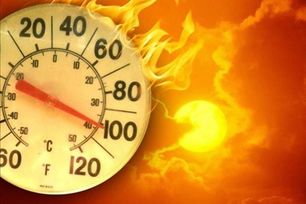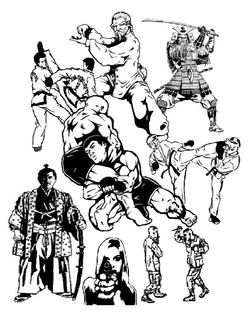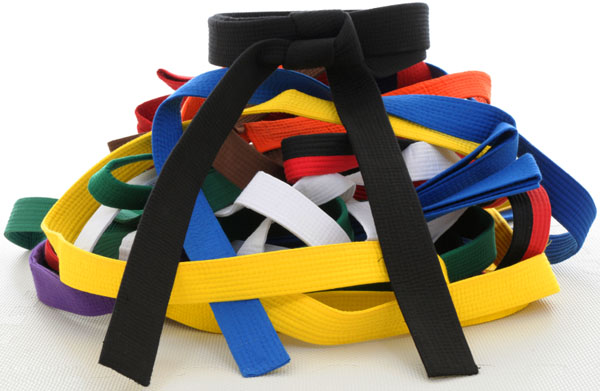
I know what you may have been thinking; no, I am not turning on the air I just wanted to get your attention. If you are one of my students or know me you know that I do not believe in training in the air conditioning. If it 85 outside it probably close to 87 inside plus the humidity. When you push yourself in the heat you are much better conditioned. When you finish and have survived you have a feeling of accomplishment. The stresses of the day don't seem so bad anymore and it better prepares one for the realities of life. Those are just a couple of reasons for training in the heat however; this is not what this post is about.
Since it has gotten hot I have already had several students have to hit the bench because of the heat. This is simply because they haven’t yet gotten used to it. So I wanted to pass on a little tip that I use for preparing for the heat. Regardless if you are heading home to lift weights in the garage or heading to a dojo like ours this may help keep from falling out.
Most people work inside and spend all day in an air-conditioned building. I know several people who actually run heaters in their office because it is kept so cold in their office. This is usually due to sitting in one spot all day and not moving around very much. Working in this environment can make if feel even hotter when you have to step outside or you come and go from lunch. I'm sure most of you when heading home crank up the AC in the car first thing to cool off. These drastic changes in temperature can be very uncomfortable and can even cause headaches and feelings of nausea.
So, here is what I do. I make sure I come down to the dojo at least 1 hour before I begin my work out and just set in the heat (check email- make calls etc) so my body temperature gets acclimated before I begin. This is so I don't go from nice and cool to ridiculous hot to fast stressing my body. That and drinking plenty of water keeps the headache away and I don't get sick or need to sit down.
I realize many of you come straight from work and sitting in the dojo for an hour is not an option. However, that’s ok so here is my tip for you can do to prepare. Simply do not turn on the air on your way home or to class. Roll down the windows, and start getting your body use to the heat. It makes the transition from cold to hot much more bearable.
-Don Ogle
Since it has gotten hot I have already had several students have to hit the bench because of the heat. This is simply because they haven’t yet gotten used to it. So I wanted to pass on a little tip that I use for preparing for the heat. Regardless if you are heading home to lift weights in the garage or heading to a dojo like ours this may help keep from falling out.
Most people work inside and spend all day in an air-conditioned building. I know several people who actually run heaters in their office because it is kept so cold in their office. This is usually due to sitting in one spot all day and not moving around very much. Working in this environment can make if feel even hotter when you have to step outside or you come and go from lunch. I'm sure most of you when heading home crank up the AC in the car first thing to cool off. These drastic changes in temperature can be very uncomfortable and can even cause headaches and feelings of nausea.
So, here is what I do. I make sure I come down to the dojo at least 1 hour before I begin my work out and just set in the heat (check email- make calls etc) so my body temperature gets acclimated before I begin. This is so I don't go from nice and cool to ridiculous hot to fast stressing my body. That and drinking plenty of water keeps the headache away and I don't get sick or need to sit down.
I realize many of you come straight from work and sitting in the dojo for an hour is not an option. However, that’s ok so here is my tip for you can do to prepare. Simply do not turn on the air on your way home or to class. Roll down the windows, and start getting your body use to the heat. It makes the transition from cold to hot much more bearable.
-Don Ogle



 RSS Feed
RSS Feed